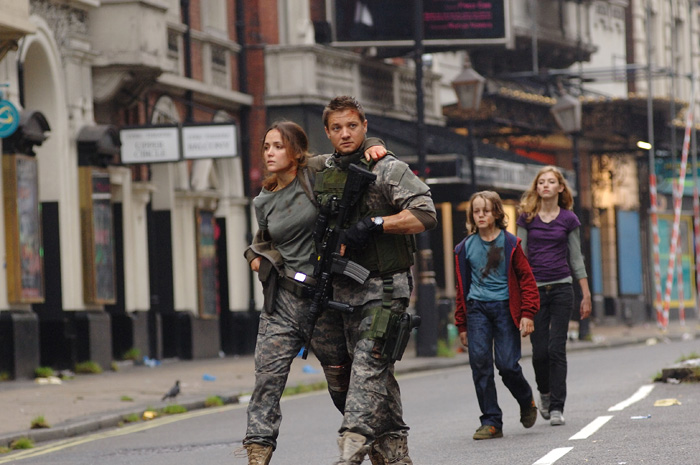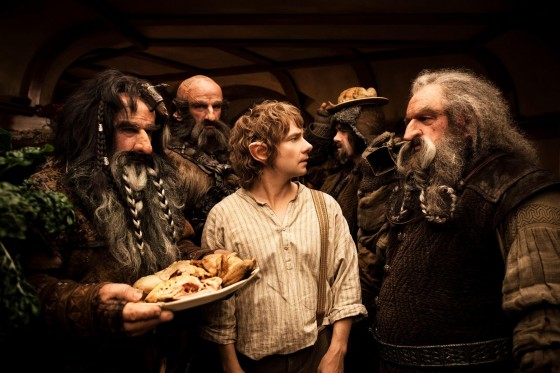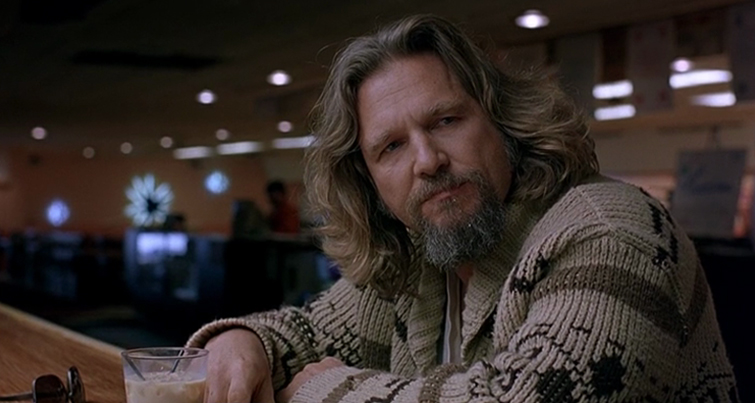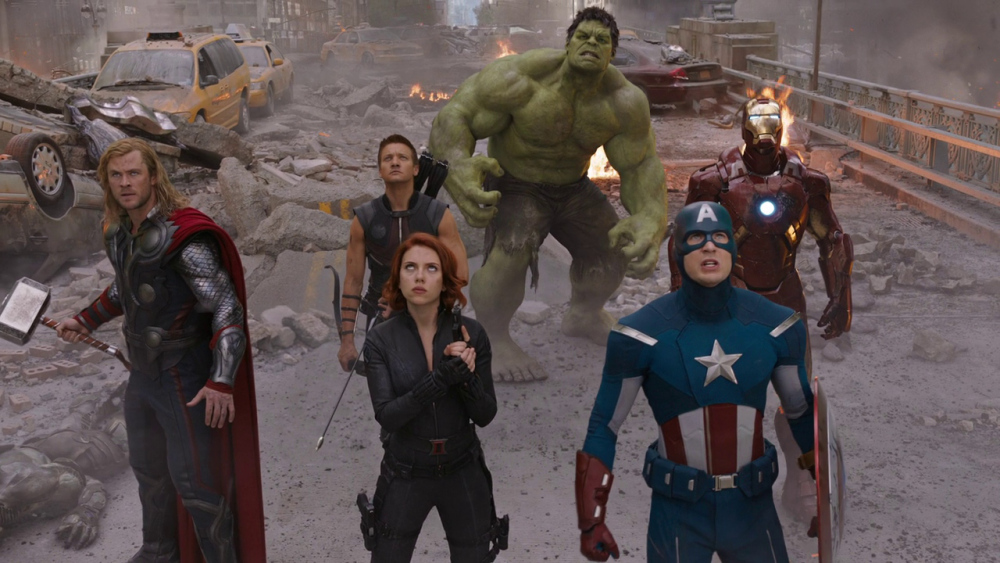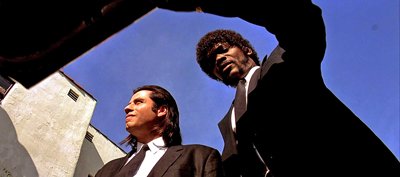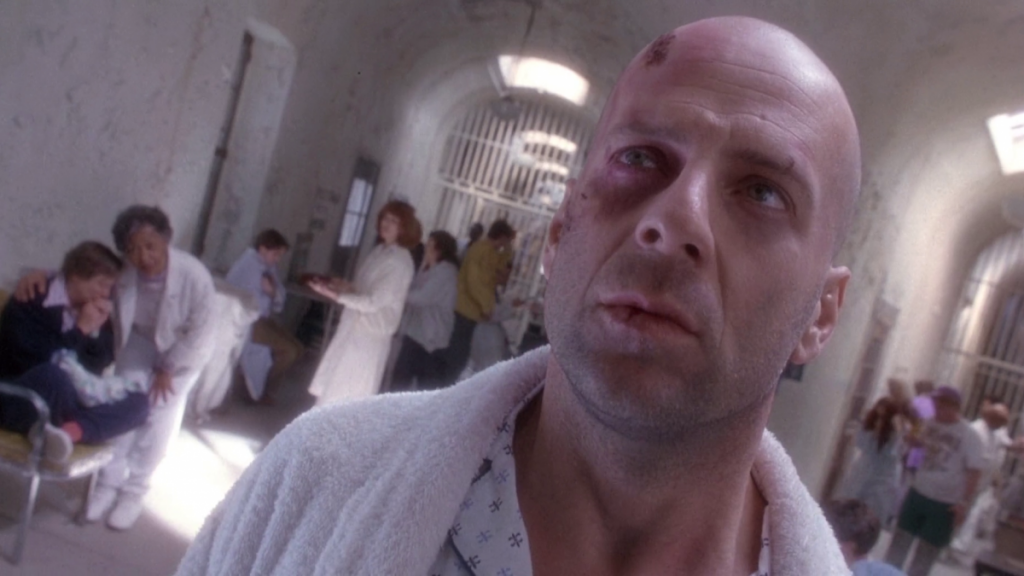Video Lectures
intro/syllabus overview
https://youtu.be/VJRv9jEkSTo
Friday Class (Mandatory Zoom)
Please watch the syllabus overview video talk above before we meet on Zoom.
Syllabus Q & A
Details: hardware/software
Blogging
Cinema and Signs
–Break–
Smartphone Cinema
Framing
Notes
Blogging
Blog Post: Introduce yourself to the class in a blog post. What is your background or interest in video? Post a favorite video (from youtube/vimeo) that is in a style or approach to video you would like to pursue in this class. Tell us why.
Tools and Resources:
-
- Blogging set-up on wordpress, posting video
- Cameras and equipment (smart phone, compact cameras, DSLR)
- Vimeo or Youtube accounts
- WordPress shortcode for video
- Syllabus: assignments
- Editing software: Premiere/After Effects
- Adobe Premiere: tutorials, keyboard shortcuts‘
Discussion:
-
-
- “Digital Cinema” and terms: cinema (the art), film, video, digital video
- Pre-production, Production, Post-production
- Frame>Shot>Scene>Sequence>Acts
- Cinema and Signs
- Smartphone cinema
- Framing/composition
-
Cinema & Signs
“cinema”: the art or technique of making motion pictures
realism/artifice, objectivity/subjectivity, intention/automatism
https://www.youtube.com/watch?v=1OqFY_2JE1c
Smartphone Cinema
Watch:
Detour, by Michel Gondry
clips 5:42, 8:19
continuity
making of video
160 Characters from Victoria Mapplebeck
montage
Digital Video Automatisms
(actions performed unconsciously or involuntarily with the medium)
What are some “automatisms” of digital video today? How do you “use” digital video as both creator and consumer? Is it about entertainment, knowledge, human connection, wonder? How do these conditions of making and viewing digital video, on a mobile phone for example, change what might evolve as digital “cinema” automatisms? In other words, what does digital video want to be as an expressive form today? Where might a digital cinema art want to take us?
Smaller and Cheaper Tools
The cost of film pushed the movie industry towards more control: star system, clear story arcs, spectacle. Little room to fail. The Hollywood Studio System defined the new system of storytelling – The Classical Hollywood Style (David Bordwell).
Smartphone video (TikTok) uses the same “language” as big budget movies: camera movement, position, editing…shaping the experience of space, time and movement. A pocket production studio, distributor and marketer.
“I would have been more successful if I’d left movies immediately, stayed in the theatre, gone into politics, written, anything. I’ve wasted a greater part of my life looking for money and trying to get along, trying to make my work from this terribly expensive paintbox which is a movie. And I’ve spent too much energy on things that have nothing to do with making a movie. It’s about two percent movie-making and ninety-eight percent hustling. It’s no way to spend a life.”
-Orson Welles
Framing (camera position)
Variety of camera positions and angles keeps the eyes busy and interested, evokes the space and psychology of characters. Maintaining a single angle or distance reinforces a point of view.
types of camera positions:
ELS – extreme long shot (landscape)

MLS – medium long shot (from knees up)
M – medium (from waist up)
MCU – medium close-up (from chest/shoulders up)
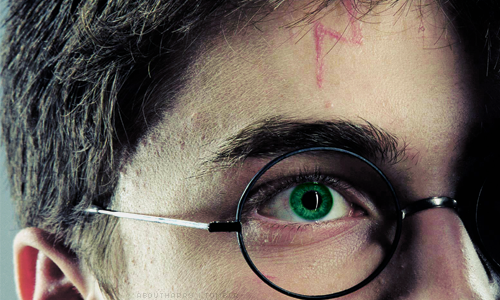
ECU – extreme close-up (portion of face)
lens length:
wide angle = opens space, more distance, more inclusive

telephoto/zoom = collapses space, more intimate, separate from background.
types of camera angles:
high
types of subject compositions:
frontal
3/4 front
left/right profile
3/4 back – over the shoulder, POV
behind
profile two shot
direct to camera two shot
over the shoulder two shot
headroom, look room
subjective/objective styles
rule of thirds in shot composition
Examples
Keep Track of Camera Framing:
Assignment (Due Next Class):
Framing (5%):
no more than 30 seconds!
In visual storytelling, establishing a setting is very important for narrative context. Where are we? When is it? And what is the story about? The first shots of scenes in documentaries, as well as fictional movies, often provide the viewer with a wide context and then essential details. Or, alternatively, starting on a detail and proceeding to reveal something in the wider context.
Aftermath
In this assignment, you are to show the aftermath of a situation or event in a sequence of video frames. No moving shots. No acting or dialogue, just a sequence of static shots that presents the aftermath of an event and the possible clues for what happened. This does not have to be a crime. It could be an accident caused by a child, pet or… teenager. The aftermath could be from something mysterious. The point is to use framing to convey, describe or evoke. Use at least 5 different framing compositions (long shot, medium shot, close up, etc.). Shoot, edit, compress and upload these videos to youtube.com or vimeo.com. Present the assignment to the class with a blog post.

